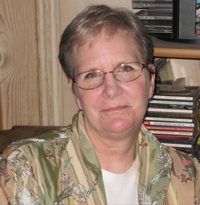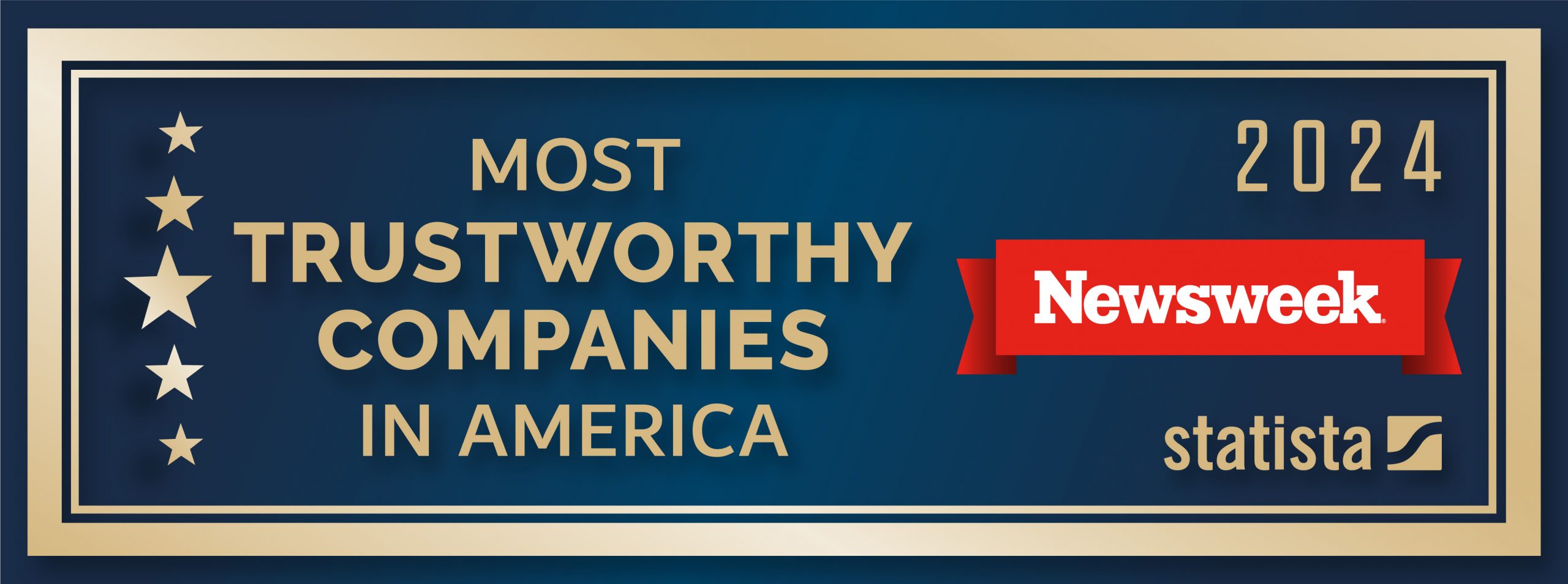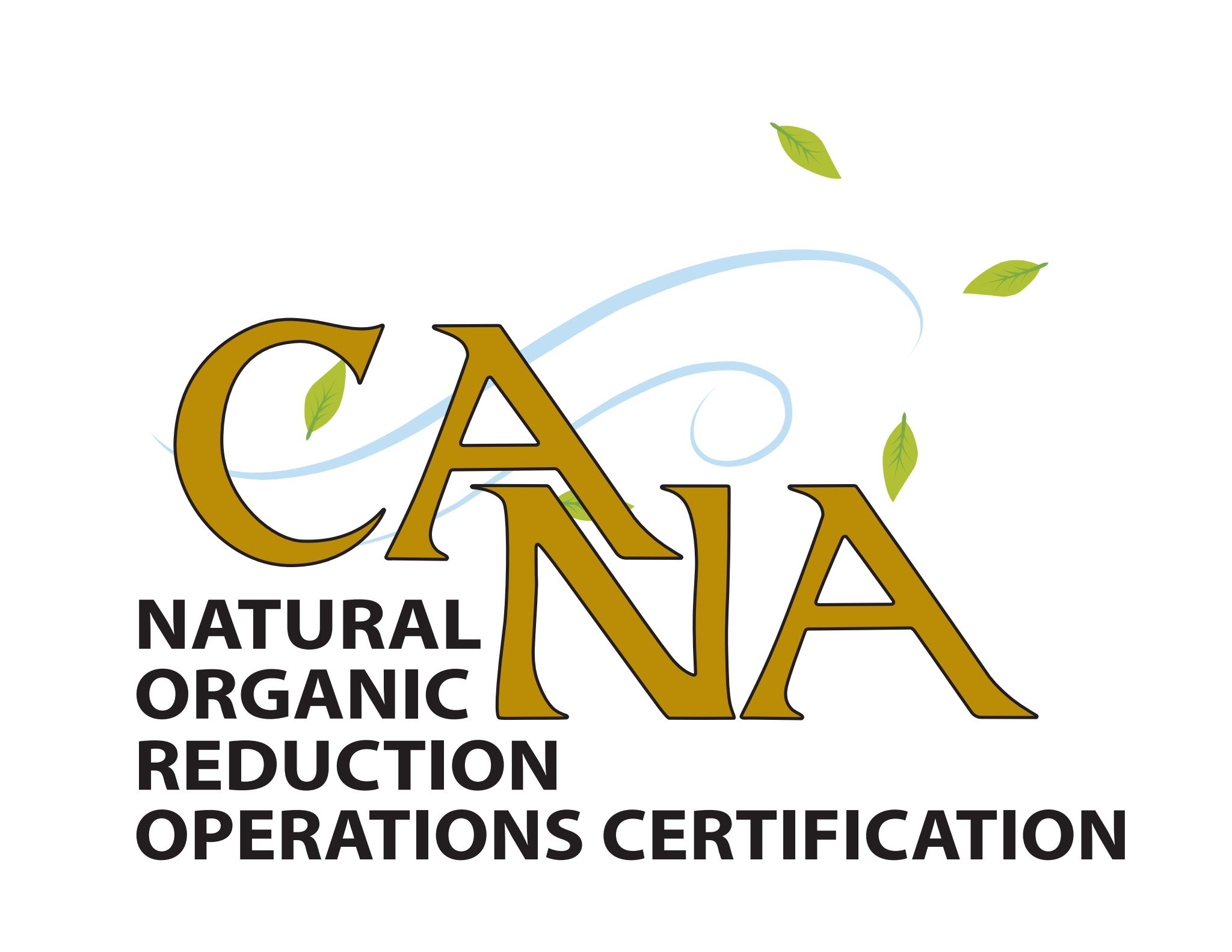Stressing the Value of Ceremony – Kim Stacey
 As client families stream in through your door, some with absolutely no idea what you can do for them ?or should do for them ? how do you describe the importance or relevance of ritual and ceremony? Being able to illustrate the power within the act of gathering family and friends together can make all the difference in the overall quality of experience for your client families ? and your firm?s client retention rate.
As client families stream in through your door, some with absolutely no idea what you can do for them ?or should do for them ? how do you describe the importance or relevance of ritual and ceremony? Being able to illustrate the power within the act of gathering family and friends together can make all the difference in the overall quality of experience for your client families ? and your firm?s client retention rate.
Certainly, when revenues from traditional services and related products are down, and direct cremations are on the rise ? giving families information on the inherent value of ceremony can shift things for them, and provide you with the perfect opportunity to showcase your skills.
So, What?s the Big Deal about Ceremony?
As an anthropologist who?s spent her life studying funeral rites around the world, I?ve learned one central truth from the countless facts and figures: human beings organically create ceremony when faced with change. And when that ceremony becomes formalized over time, it takes on a deeper cultural significance ? it becomes a ritual; commonly understood, and accepted as an essential emotional anchor for the group as a whole. (For our purposes, we?re going to use the words interchangeably.)
A ceremony, then, is an action performed to acknowledge a social shift or change. It may be performed on specific occasions, or at the discretion of individuals or communities. It may be performed by a single individual, by a group, or by the entire community; in arbitrary places, or in places especially reserved for it; either in public, in private, before, or (in this case) after an life-changing event (such as death).
When left alone to face challenging situations of loss and change, human populations (both large and small) spontaneously create a symbolic process, a ceremony, to help them understand and deal with the new reality.
Today?s Situation
What?s happened, it seems, is that our society is in a quandary as how best to honor and show respect for a life recently lost through incident, accident, or natural causes. There are fundamental differences in social expectation, depending on geographic location. Some of our members quote a cremation rate of over 90%, while others have less than 10 such disposition requests per year. Others find that commonly families want a truly traditional service, with visitation and funeral, and in-ground burial. The name of the game today is one of individual choice, even when it just means direct cremation and the return of the cremated remains to the family.
In a casual conversation with some of our members, I discovered that, when the opportunity arises, sharing what you know about the power of ceremony to begin the healing process can help families to better know ?what they may be missing? by opting for the ?less is more? attitude.
Honestly, social perceptions can be skewed; people often don?t realize the flexibility in the concept of ceremony. It can be a simple, small gathering, sharing of a memory or two; a toast of champagne (my mother-in-law?s home funeral). Or, it can be a full-feature funeral, with all the bells and whistles (and in this day and age, there are a lot of them!) Or, it can be anywhere in between.
The fundamental truth is, ceremony empowers people to heal; to move forward in their lives. Those AWFD members who have the highest job satisfaction and the highest client retention rates, take the time to offer their valuable opinions on the value of ceremony; and they listen closely to what?s being said. No canned speeches; just an open dialog with people who are turning to them for their expertise.
?Nine times out of ten,? one member said, ?when given the opportunity and the knowledge they need to make the decision, families will choose to ceremonially celebrate the life of their loved one. This doesn?t always increase our revenue significantly; but I know it increases the value of our services enormously ? their thank you notes tell me as much. And I also know they?ll be back when they are once again faced with the loss of a loved one.? And, isn?t that what it?s all about?
About the Author
With graduate degrees in anthropology from major California universities, Kim Stacey has 30 years of experience studying the funeral rituals found in cultures around the world. Seven years ago, she brought that wealth of knowledge to bear when entering the periphery of funeral service in the United States as a copy and content writer. Kim is now proud to be the force behind the development of the Association of Women Funeral Directors. “I’ve met so many wonderful women working in the death-care field; my goal is to provide them with the resources and tools they can use to create wildly-successful professional and personal lives.” You can learn more about the organization at www.wfdconnect.com, or contact her directly via email, at kim@wfdconnect.com.




